Raspberry Pi 4 RetroPie Unofficial Release - TheRA ROTT
The Raspberry Pi 4 provides a beefy upgrade to the Rasberry Pi 3 and Raspberry Pi 3 B+. Among the improvements the Raspberry Pi 4 Model B brings, there's a more powerful processor, additional RAM, USB 2.0 and USB 3.0, plus dual micro HDMI ports. Desktop support really shines on the Raspberry Pi 4, and its revamped system on a chip (SoC) means better emulation as well. RetroPie, Batocera, Recalbox, and Lakka are all great gaming operating systems for the RasPi. Get started gaming with a Raspberry Pi 4 RetroPie unofficial release with the RetroArena ROTT release!
What is the Raspberry Pi 4?
The Raspberry Pi 4 is a single-board computer, and successor to the Raspberry Pi 3. It packs in a Broadcom quad-core BCM2711 Cortex A-72 SoC, with either 1GB, 2GB, 4GB, or 8GB of LPDDR4 RAM. There's 802.11ac Wi-Fi, and Bluetooth 5.0. On the connectivity side, the Raspberry Pi 4 offers dual USB 3.0 hosts and a pair of USB 2.0 headers as well as a 40-pin GPIO header. For video output, the Pi 4 trades a single full-size HDMI port for two micro HDMI ports.
Raspberry Pi 4 specs:
- Broadcom BCM2711, Quad-core Cortex-A72 (ARM v8) 64-bit SoC @ 1.5GHz
- 1GB, 2GB or 4GB LPDDR4-2400 SDRAM (depending on model)
- 2.4 GHz and 5.0 GHz IEEE 802.11ac wireless, Bluetooth 5.0, BLE
Gigabit Ethernet - 2 USB 3.0 ports; 2 USB 2.0 ports.
- Raspberry Pi standard 40 pin GPIO header (fully backwards compatible with previous boards)
- 2 × micro-HDMI ports (up to 4kp60 supported)
- 2-lane MIPI DSI display port
- 2-lane MIPI CSI camera port
- 4-pole stereo audio and composite video port
- H.265 (4kp60 decode), H264 (1080p60 decode, 1080p30 encode) OpenGL ES 3.0 graphics
- Micro-SD card slot for loading operating system and data storage
- 5V DC via USB-C connector (minimum 3A*)
- 5V DC via GPIO header (minimum 3A*)
- Power over Ethernet (PoE) enabled (requires separate PoE HAT)
- Operating temperature: 0 – 50 degrees C ambient
Does RetroPie Work on the Raspberry Pi 4?
You might be wondering if RetroPie works on the Raspberry Pi 4. There are both official and unofficial builds of RetroPie for the Raspberry Pi 4, such as a RetroArena build. It's best to use the RetroPie project release, but alternatives exist. As of RetroPie 4.6, RetroPie runs on the Pi 4 like a champ.
What is Raspberry Pi 4 RetroPie from The RA?
RetroPie from The RA is a port of RetroPie on The Tinker Board (ROTT), originally a port of RetroPie for the ASUS Tinker Board. While it's a version of RetroPie for the Raspberry Pi 4, it's not associated with the RetroPie project at all. This build comes from Steve Laminger, the brains behind ROTT and Slash TV, an Android TV OS for the ASUS Tinker Board. Its interface resembles that of ROTT, as well as the Retro Arena's Odroid XU4 RetroPie port. A fully functional RetroPie build, it's merely unofficial since it's not associated with the official RetroPie project. But aside from that, RetroPie from The Retro Arena is totally usable. Moreover, the 16GB IMG file comes with all emulators ready to use for out-of-the-box functionality. Plus, it read my ROMs from a retropie-mount folder which means compatibility with previous RetroPie builds.
How to Install Raspberry Pi 4 RetroPie TheRA ROTT
For a Raspberry Pi 4 RetroPie game console with TheRA ROTT, you'll need a few items. First and foremost, the Raspberry Pi 4 itself. If you're just planning on using RetroPie for the Raspberry Pi 4, then the 1GB model should suffice. More RAM won't have any impact on game performance. However, if you want to use your Pi for a desktop, the 2GB or 4GB unit is recommended. You'll also need a microSD card, compatible USB-C power supply, case, and micro HDMI to HDMI cable. If you're using a Raspberry Pi 3 B+, the NESPi case from RetroFlag transforms your Pi board into an NES Mini clone. Or, the NESPi 4 for the RasPi 4 is a great option as well.
Unofficial TheRA RetroPie build requirements:
- Raspberry Pi (Pi 4 recommended)
- Case (optional, recommended)
- microSD card
- HDMI cable
- Power supply
- Peripherals (keyboard, mouse, game controller)
Total cost: $35+ USD
First, you'll need to download the RetroArena ROTT Raspberry Pi 4 RetroPie image. It came as a zipped IMG file, so this needs to be unzipped, then mounted to a microSD card with a program such as Etcher. After that, pop it in your Raspberry Pi 4 and boot it up.
So which Raspberry Pi board is best for emulation? The Pi 4 works best because of its
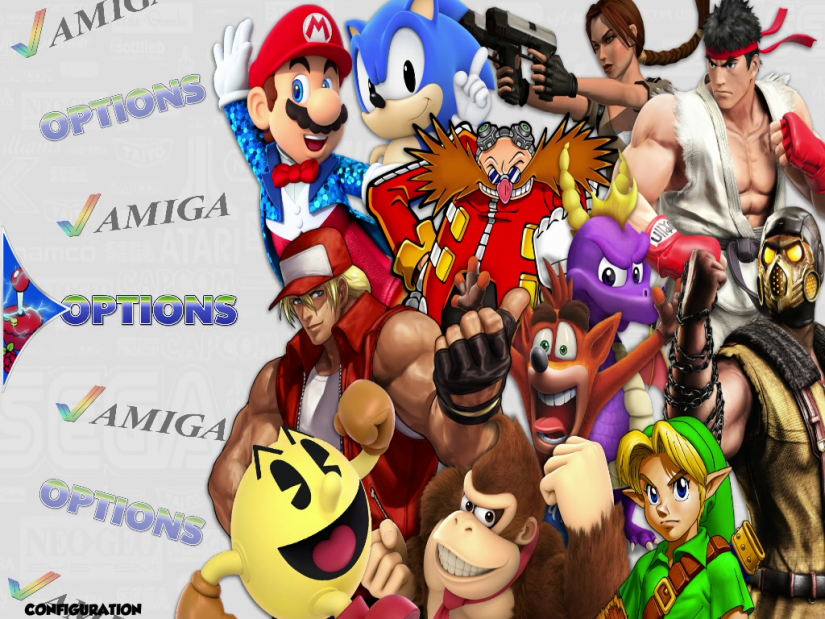
Upon first booting into TheRA RetroPie port for the Raspberry Pi 4, I was greeted by a somewhat familiar interface. If you've used a Retro Arena RetroPie image, you'll recognize its design. As Debian-based operating system which boots into RetroArch with an EmulationStation frontend, it's not terribly unfamiliar. The main menu features just Amiga and a RetroPie section until you add ROMs. I popped in a 256GB flash drive filled with ROMs from my Raspberry Pi 3 B+ RetroPie set up, and TheRA ROTT loaded these up right away. I first fired up a couple of arcade titles including Alien vs. Predator, and that unsurprisingly played flawlessly. Next up, I tried some Super Nintendo and PlayStation 1. Again, no issues there whatsoever. Since many older consoles including the NES, SNES, and even PS1 run incredibly well on the Pi 3 B+, I wasn't shocked at all. Nintendo 64, Sega Dreamcast, and PlayStation Portable ROMs are pretty hit or miss on the Pi 3 B+, and even provide a challenge for the Raspberry Pi 4. N64 games on the Raspberry Pi 4 run much better than on the Pi 3 B+. I tested out Goldeneye 64 and noticed much-improved gameplay. Audio was still somewhat choppy in spots, but framerates proved playable. Granted, N64 emulation on the Raspberry Pi 4 will vary by ROMs and emulator, but overall emulation gains a significant advantage.
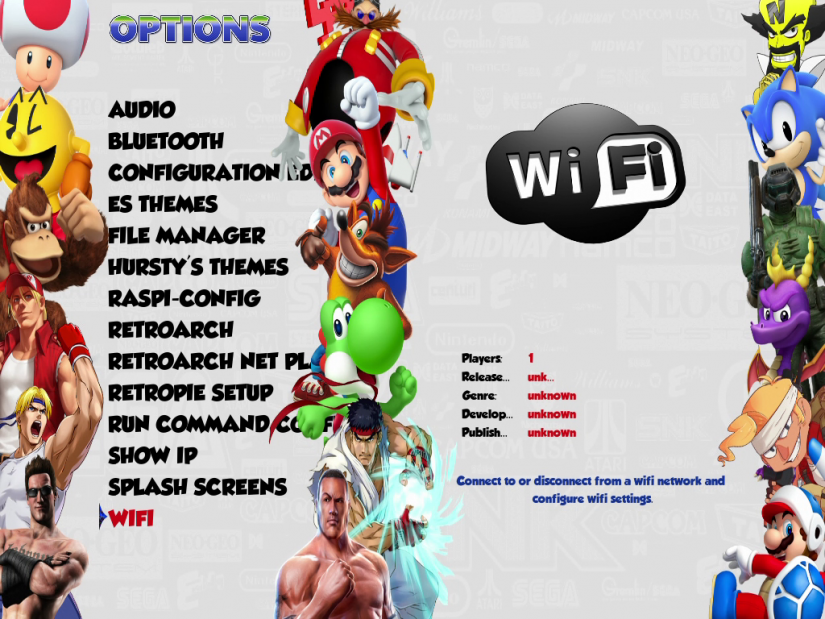
PSP emulation remains spotty, but again is vastly improved. Titles like God of War: Ghost of Sparta are still unplayable without toggling on frameskip, something I'm not fond of. Since many users will want to use their Raspberry Pi 4 for retro gaming, this unofficial RetroPie port really shines. I was particularly thrilled that plugging in my flash drive loaded with ROMs, gameslists, and images worked like a charm with The Retro Arena/ROTT's RetroPie port for the Pi 4. Notably, Lakka is available for the Pi 4 as well, but I tend to stick with RetroPie since that's what I first started using when I initially snagged a Pi 2 back in the day. Unfortunately, PSP and N64 emulation, though enhanced, isn't perfect on the Pi 4. However, as images like TheRA's RetroPie and Lakka get updates, expect a more optimized experience.
Should You Use TheRA for an Unofficial Raspberry Pi 4 RetroPie Game Console?
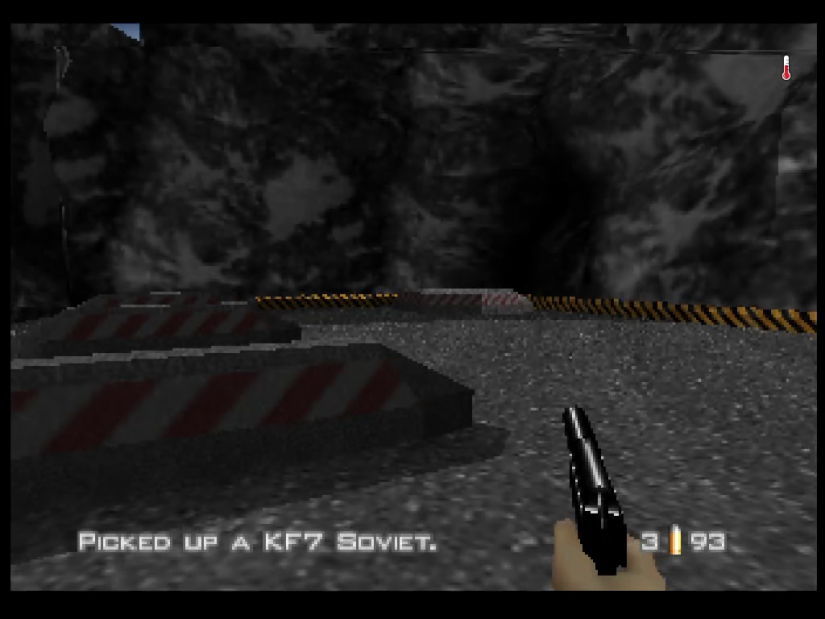
If you snagged a Raspberry Pi 4 with the intent of making a retro gaming arcade, The RetroArena's ROTT unofficial RetroPie release is a good choice for many users. It's got a desktop environment that you can easily drop down to for combined retro gaming emulation and general web browsing. Lakka is a great choice, and initially user-friendly, but a better pick for power users. You also might consider using Batocera on the Raspberry Pi. While I keep referring to this as an unofficial RetroPie release, that's merely to distinguish it from the RetroPie Project's forthcoming Raspberry Pi 4 image. With its plug-and-play compatibility with existing RetroPie data, and flawless performance on the Raspberry Pi 4, this is hands-down the best retro gaming OS for the Pi 4 you can use.




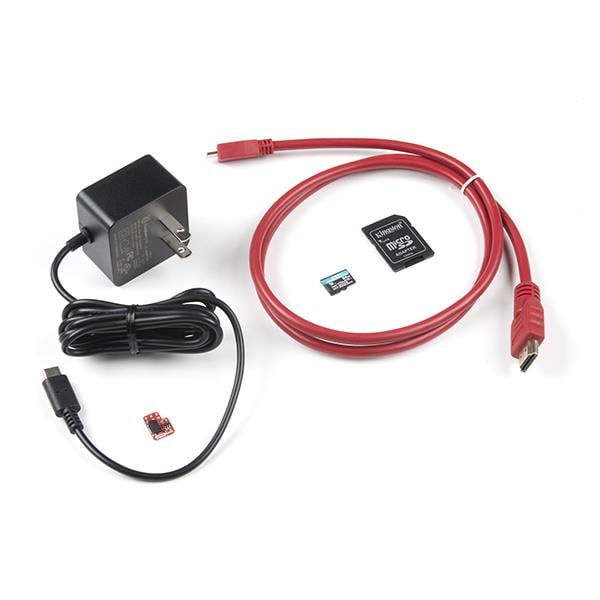

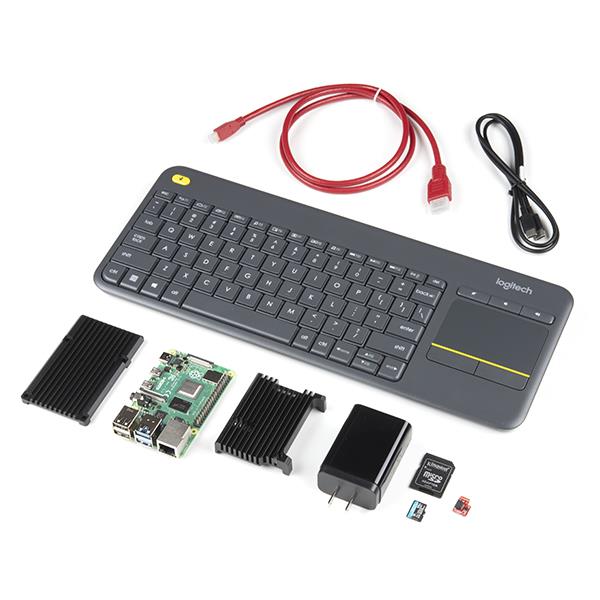
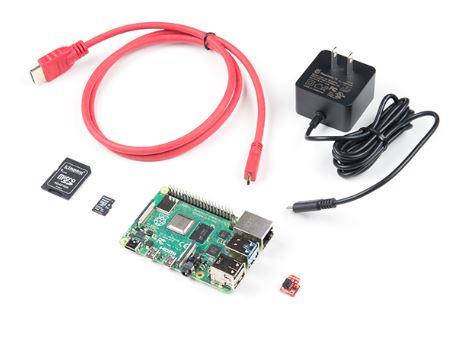
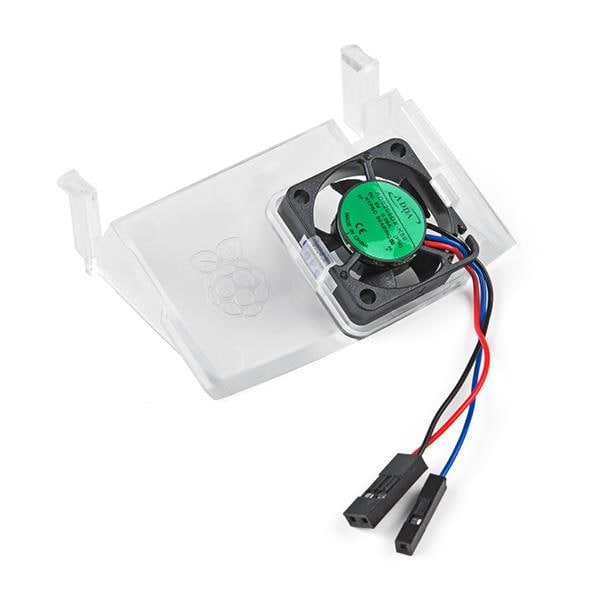


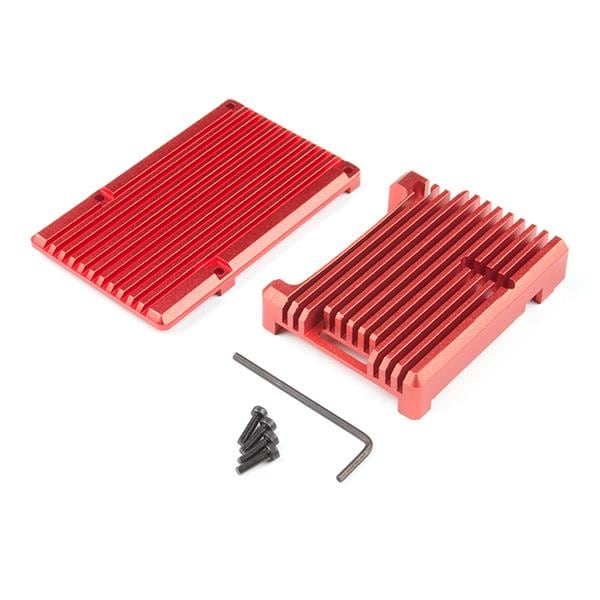
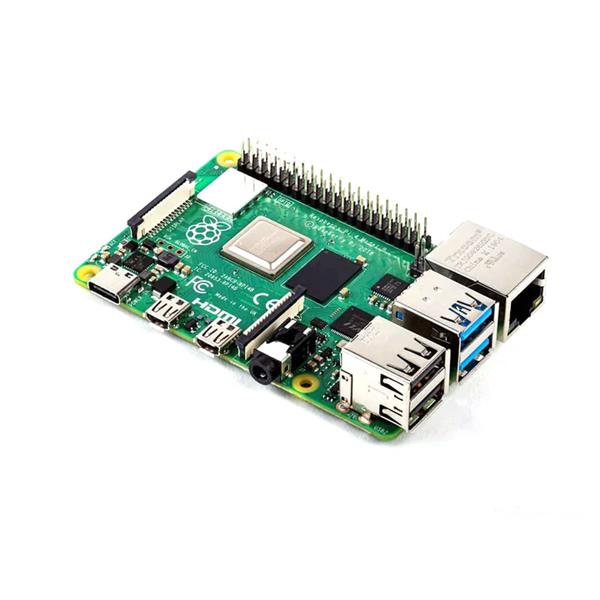
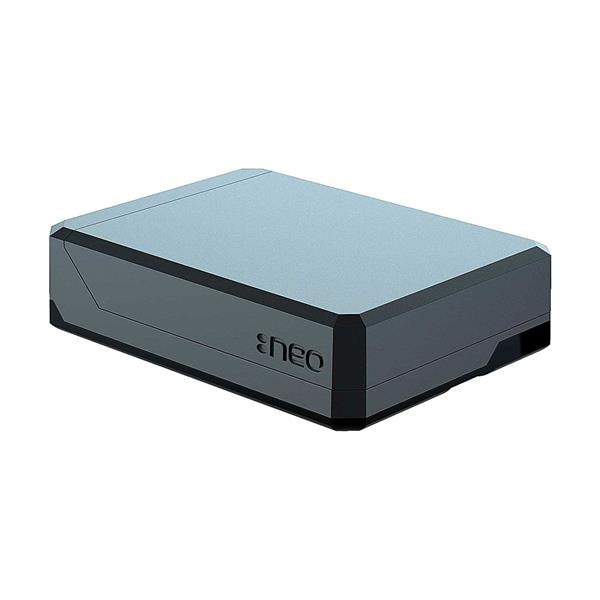
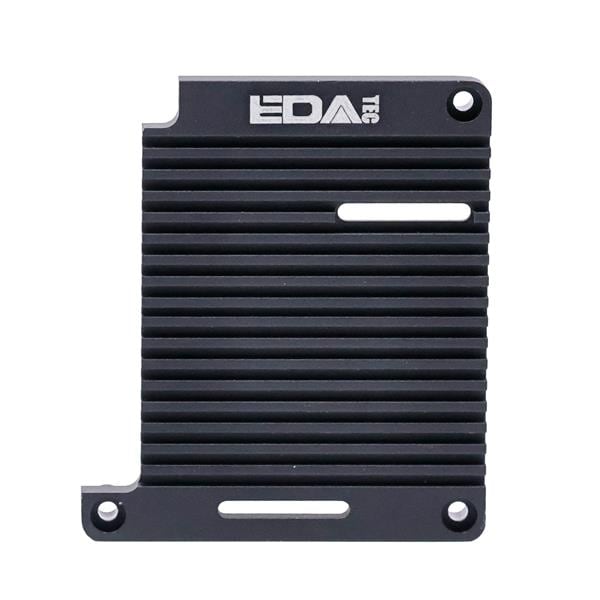

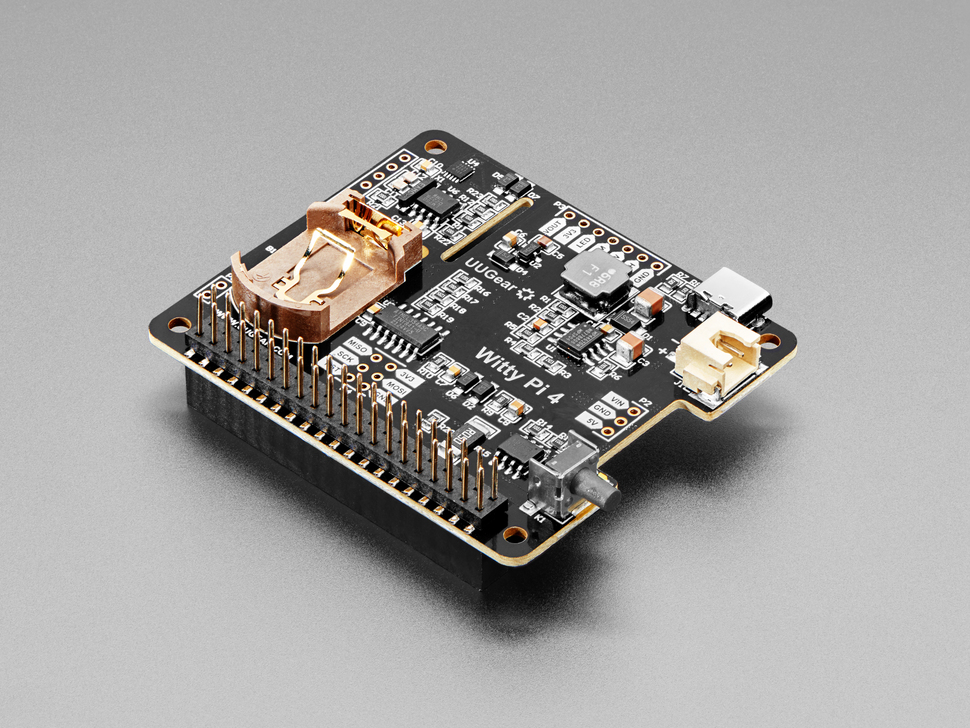
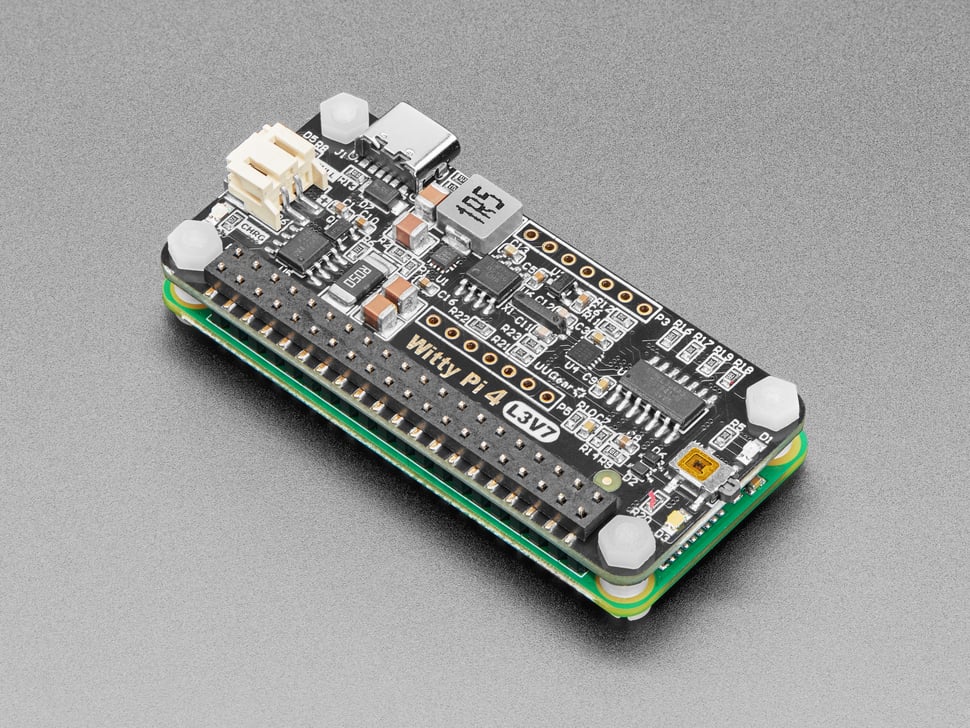
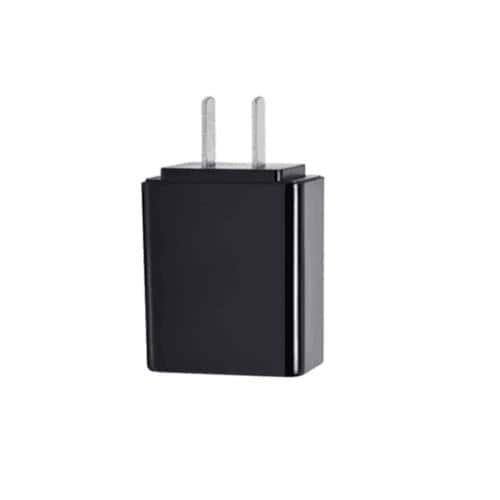
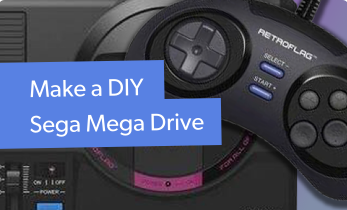
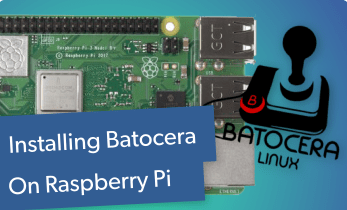
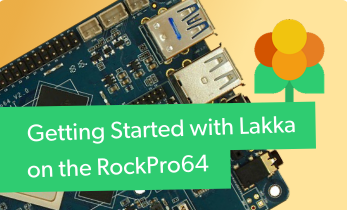
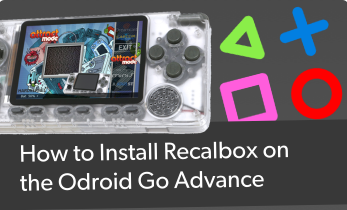
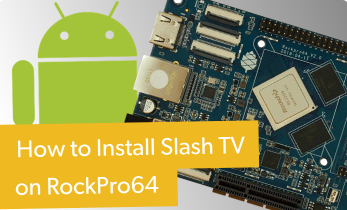
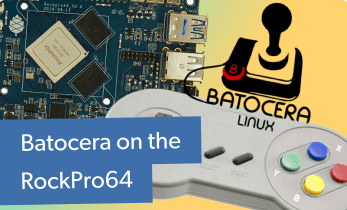

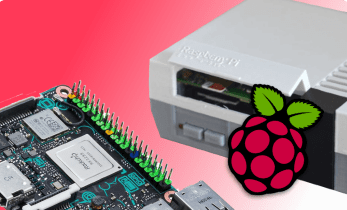
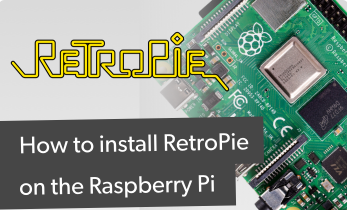
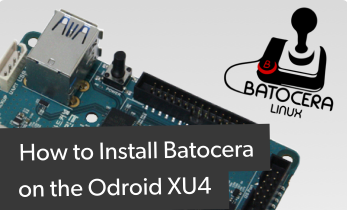
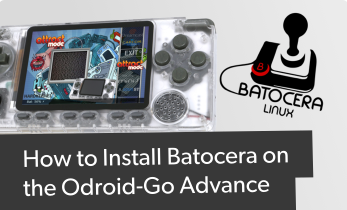
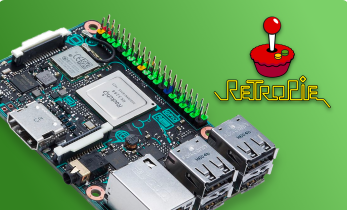
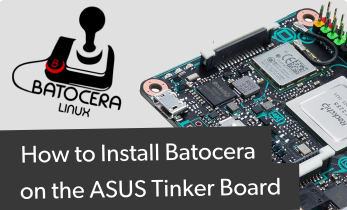
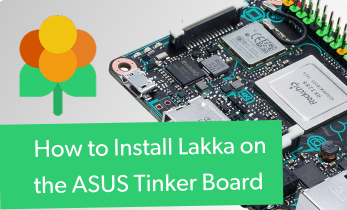
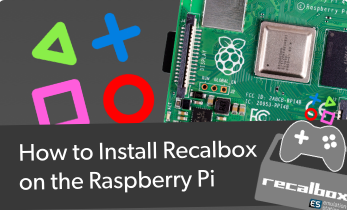

Leave your feedback...